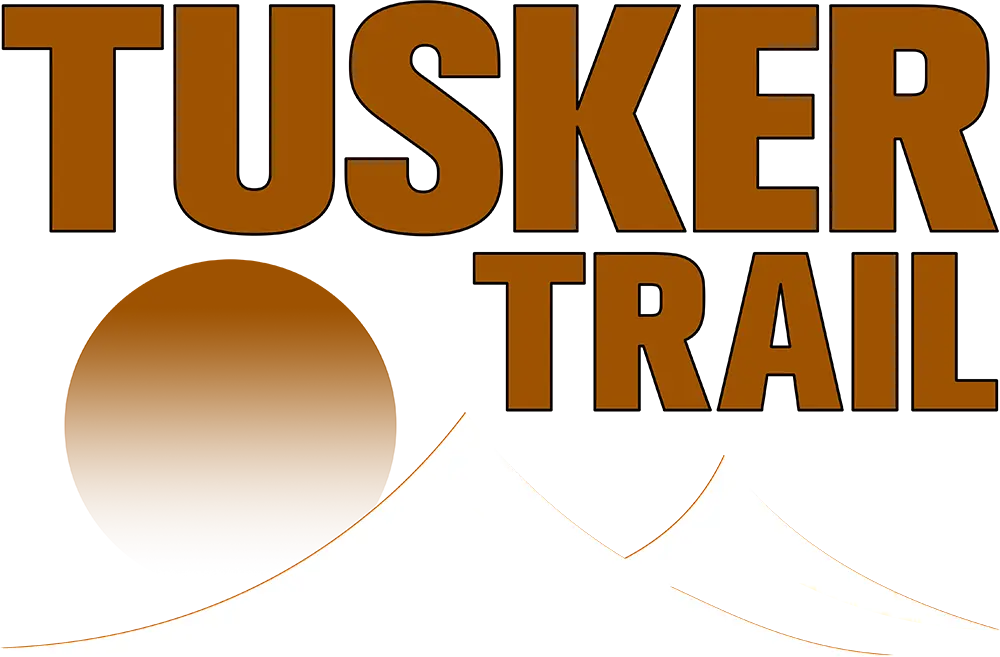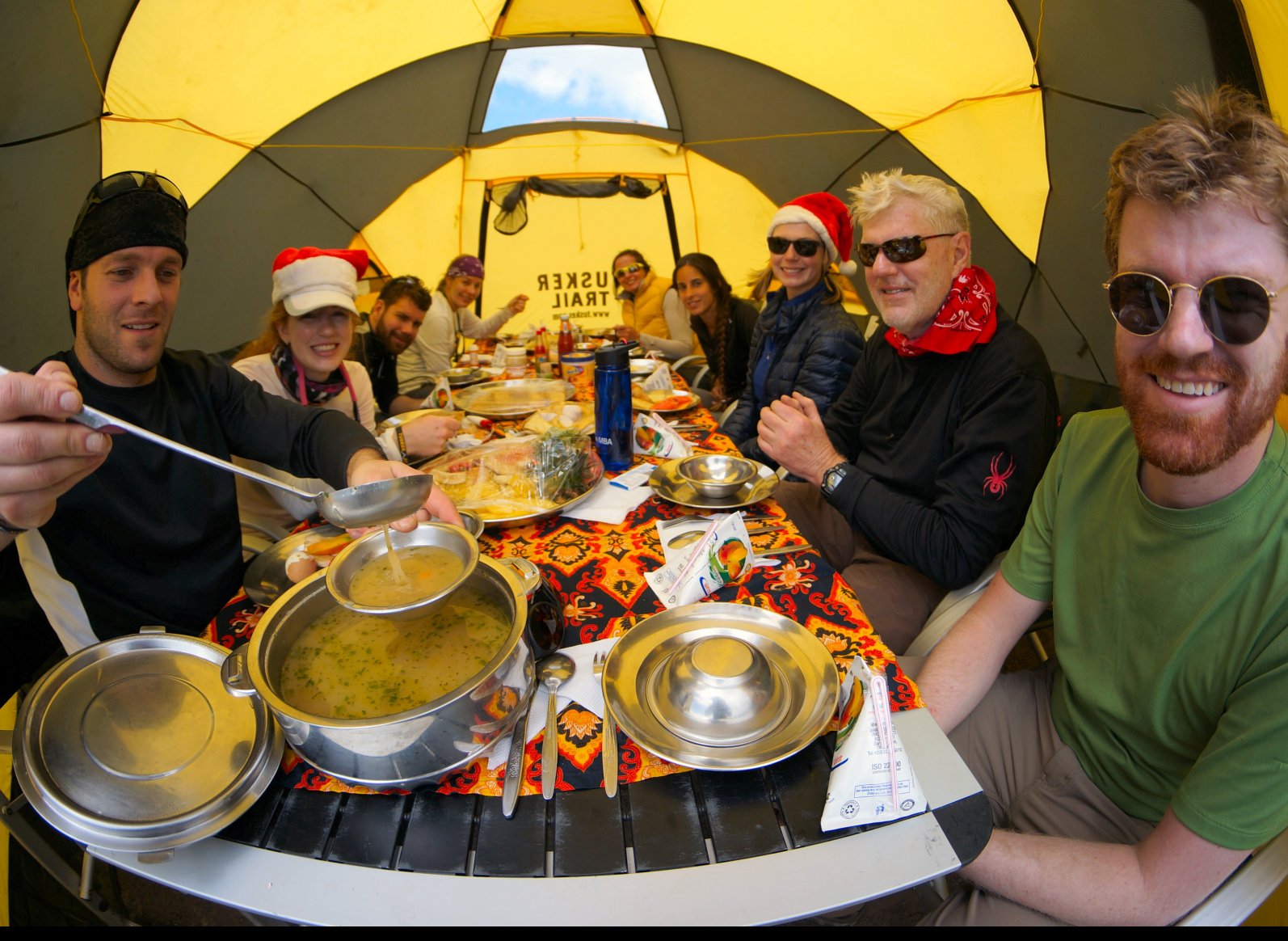International:
North America:
Menu

International:
North America:
- Home
- Kilimanjaro Climb
- Kilimanjaro Planner
- Other Treks
- About Us
- Dates + Prices + Booking
- Contact
International:
North America:

International:
While you can climb Kilimanjaro year round, the best time of year to climb Kilimanjaro is during the dry seasons, which are historically from June to October and from December to February. These periods offer clearer skies and more stable weather conditions.
Climbing Kilimanjaro is physically demanding, requiring a moderate to high level of physical fitness, mental resilience, and determination. You will be hiking several hours a day, and around 15 hours on summit day. The high altitude, varying terrain, weather and long trekking days make it a real challenge, even for experienced hikers.
The success rate for climbers reaching the summit of Kilimanjaro depends on a few factors, but most importantly the duration of your chosen route. It ranges from 40% to 98%, with higher success on longer routes. Success depends on factors such as physical fitness, altitude acclimatization, weather conditions, and the duration of your route. Shorter routes like Marangu have a lower summit achievement rate. For a better chance of succeeding and greater enjoyment you should choose one of the longer routes, like Machame, Lemosho or the Spiral Route.
The duration of a Kilimanjaro climb depends on the route you choose to climb. It takes about 6 to 12 days to complete the trek. Most people climb up the following routes: Machame, Marangu, Lemosho and the Northern Circuit. Tusker Trail created the longest route called the Spiral Route, a combination of 3 routes. You hike all the way around the peak, so it’s best for acclimatization and spectacular scenery.
The cost of climbing Kilimanjaro varies, depending on your chosen route, duration of the trek, and the level of service. On average, expect to budget anywhere from $2,000 for a no frills, climb at your own risk trek, to $7,000 USD per person for an all-inclusive climb, led by professional medically trained guides who monitor your safety at all times, and with a mobile kitchen offering great meals.
While solo climbs are possible, it’s more enjoyable to join a group. Camaraderie is important when facing challenges like climbing Kilimanjaro. Group members give each other moral support, important for an enjoyable and successful climb. However, you will be required to climb with a licensed guide who usually works with established companies.
No. Since 1991 the Tanzanian government made it mandatory to climb with a licensed guide.
While there are skilled guides on Kilimanjaro, the large majority of them don’t meet international standards. Most lack extensive medical training for emergencies like altitude sickness or injuries. It’s crucial to choose a company that has an effective medical training course that focused on altitude related emergencies. Part of the training should center around monitoring climbers during the climb, provide medical aid, and execute efficient evacuations in an emergency, with medical support.
Climbing Kilimanjaro poses risks such as altitude sickness, extreme weather, and physical exhaustion. Altitude-related illnesses like AMS, HAPE, and HACE are common due to rapid elevation gain. Severe weather changes, including freezing temperatures and high winds, can lead to hypothermia. Overexertion and dehydration are additional concerns. However, with proper preparation, acclimatization, and a professional medically trained guide, these risks can be mitigated for a safer climb.
When climbing with a reputable company that employs professional guides with a high level of high-altitude medical training, they’ll monitor you and treat you for altitude sickness, hypothermia, or injuries. They’re medically trained, equipped and experienced to execute supported evacuations to Moshi for necessary medical attention. However, if you choose a company with guides that lack medical training, it’s crucial to educate yourself on altitude sickness and hypothermia to act promptly, often stabilizing yourself and descending for safety.

Altitude sickness is a significant risk when climbing Kilimanjaro due to the rapid altitude gain. Symptoms can range from mild discomfort to severe illness, including headaches, nausea, dizziness, and fatigue. Deaths do occur occasionally, as a result of altitude sickness. Proper acclimatization, hydration, the use of Diamox (Acetazolamide) monitoring by a professionally trained guide and slow ascent are essential to minimize this risk.
If you’re planning to camp on your climb, you’ll stay at a private camp in tents provided by the climbing company which they set up at designated camping areas along the trekking routes. The Marangu Route, which is the oldest and shortest route, offers basic mountain huts which are shared facilities, and a dining room for meals.
This depends on the quality of the climbing company you sign up with. Generally, the cheaper the climb, the more basic the food. Lots of simple carbs and soups. Don’t expect fantastic nutritious meals. However, some of the higher end companies spend a lot of effort and expense on professional training of their mountain chefs. They have expertly designed menus with great variety an a focus on the right nutrition for the physical challenges of your climb. When choosing a climbing company be sure to ask them about chef training, and get a menu.
On the Marangu route, where you stay in mountain huts there are toilet facilities at each camp. On the camping routes, the national park has built permanent outhouses, which provide an olfactory experience you will remember for a lifetime. Some companies set up a private tent with a portable toilet at each camp. Be sure to ask.
When packing for climbing Kilimanjaro, it’s essential to bring items such as appropriate clothing for varying weather conditions such as rain, snow and extremely cold weather for a night summit ascent, sturdy hiking boots, sleeping bag, toiletries, first aid kit, high-energy snacks, and plenty of water. Your climbing company usually provides you with a comprehensive list.
While there are no specific age restrictions for climbing Kilimanjaro, participants should be in good physical health and able to handle the demands of the trek. Children under the age of 10 are generally not recommended to attempt the climb unless they do regular long difficult hikes regularly with their family.
Temperatures on Kilimanjaro can vary widely depending on the altitude, the season and time of day. At higher elevations, temperatures can drop below freezing with an additional wind-chill factor, especially at night, so you should be prepared for extremely cold conditions. Read about the seasons and live weather here.
To prepare for altitude sickness when climbing Kilimanjaro, it’s essential to acclimatize gradually by ascending slowly by choosing a longer route, and taking your time each day. Also, stay hydrated, and be aware of any symptoms of altitude sickness. Most climbers benefit from altitude sickness medication called Diamox (Acetazolamide) prescribed by a doctor. It’s also available without a prescription in pharmacies in Moshi and Arusha.
If you are booking ahead of your departure, you can book with your climbing company directly. Or you can arrive in Tanzania and book with random agencies. These agencies generally try and negotiate cheap deals, which means that the climbing operator will cut corners on the quality of the guides, the equipment and the food. Overall quality will suffer.